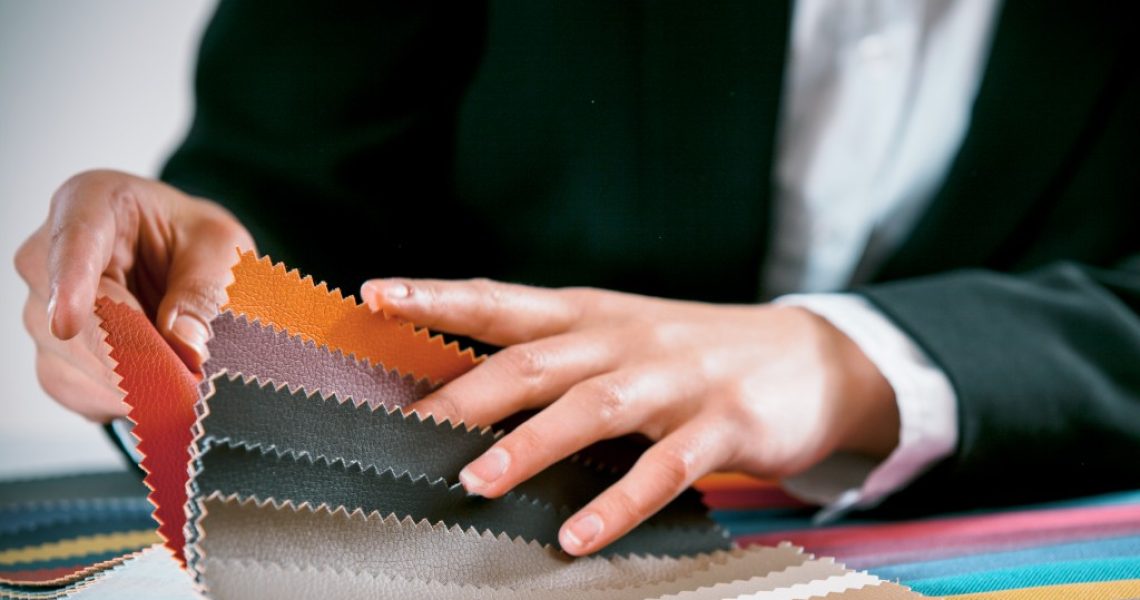You’ve been working as a graphics designer for an advertising agency. You’re generally happy with your job, the company that you work for, and your colleagues. But since your just an employee, your creativity is dictated by what the client wants and not what you want to do.
You’re thinking that if you can put up your shop and create your product, you’ll be as creative as you can be in terms of making designs. You are looking at starting a leather business. There are many tools in the market today that complement your design skills and work with leather. For example, a laser-etching machine is now used for engraving leather. Various personal items and gift ideas can be made of leather. You’re still thinking it through and wondering what it will take to open a leather business.
Here are a few things you might want to consider:
An Overview of the Leather Industry
The leather goods and luggage manufacturing industry took a bit of a downturn in 2019. As of June 2019, it only registered a revenue of $3 billion, but the number of businesses is still rising, with nearly 7,700 across America. Cheaper imports and a strong dollar have contributed to the decline in revenue.
Starting the Business
You have the right idea. Working on leather requires creativity, and with the advancement in technology, the only limit is your imagination. Here are a few things that you should consider when starting your leather business:
1. Know your market.
Chances are, you already have an idea about how you’ll apply your creative design skills to what product. Determine the right market for your idea and validate it if you are responding to a need.
2. Supplier and Equipment.
You will need to identify where you are going to source your supplies. Make sure that it’s a supplier that’s going to be reliable and can deliver on bulk purchases. Some of the equipment you need include the following:
- sewing machine;
- needles;
- patterns;
- fabrics;
- stamping tools;
- cutters;
- measuring tools; and
- modeling tools.
3. Your items and their story.
There’s a wide range of things that you can work on, from pet needs to accessories for digital devices. Likewise, the traditional items, like bags, belts, and wallets, are also options. Will you have a theme, and will everything be handmade? Create a story behind your products. Since you’re a graphics designer, relate to your customers how your creativity translates into your product’s personality.
4. Pick a good name.
Naming your business is as important as the other processes about starting your business. Make sure that it’s catchy and not yet trademarked by other entities. Do your due diligence and inquire from the relevant government agency when you structure your company and acquire business registration.
5. Develop a marketing plan.

Be wise about how you’re going to develop your marketing plan. With the internet and social media platforms, you can promote your products by spending zero to little dollars. Take advantage of this medium. When you have more resources, consider launching an expense-heavy marketing campaign.
From the beginning, you will need to write your business plan, which should tackle how you will raise funds, your analysis of the competition, and what kind of operation you will have. Those are important, and with these key ideas, you’ll be on the right track.

